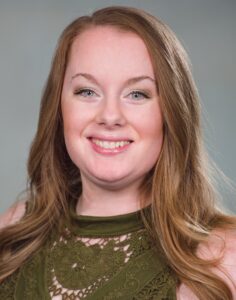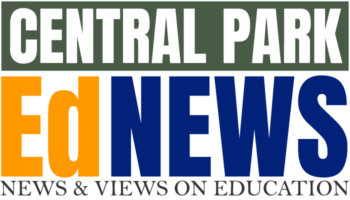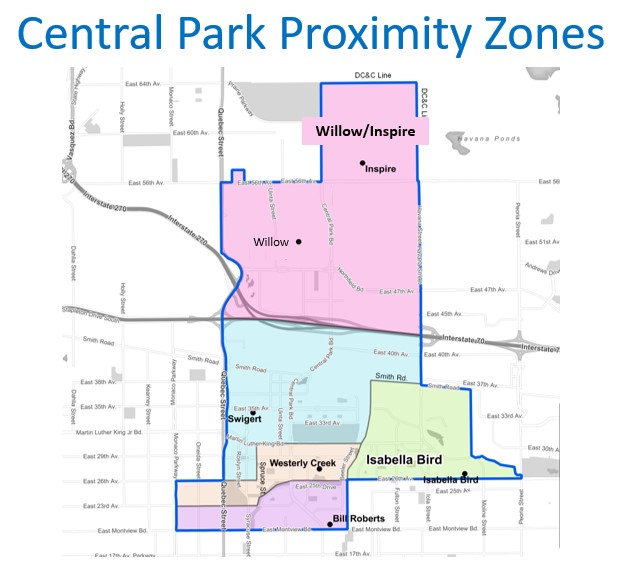(Cover map furnished by Denver Public Schools.)
Keely Buchanan, founder of Colorado Educational Consulting, kicks off her classes on SchoolChoice for Central Park families with optimism:
“Great news! You have six amazing options for elementary school,” she announces.
Colorado is an open enrollment state, which means students may attend their district-assigned school or apply to attend any other public school, including charter, innovation or magnet schools, in or outside their home district.
In Central Park, elementary, middle and high schools are part of a Denver Public Schools enrollment zone, adding another layer of complexity to the SchoolChoice application process, but also giving priority to Central Park students enrolling within the zone.
Round 1 of DPS SchoolChoice opened on Jan. 11 and will run through Feb. 12.
Students entering a transition year (kindergarten, sixth grade and twelfth grade) or any student seeking to attend a new school for the 2024-25 school year must rank their enrollment preferences in a DPS SchoolChoice application. Those living in Central Park who do not apply will be assigned to a DPS school in the Central Park enrollment zone.
Laurie Premer, DPS director of enrollment services, noted that the SchoolChoice success rate is high.
In 2023, 89 percent of upcoming kindergartners were matched with their top-ranked school, with 88 percent of upcoming sixth graders and 92 percent of upcoming ninth graders receiving their first choice.
Almost half of DPS students do not attend the school that most directly serves their home address.
Notably, all schools in DPS use the same SchoolChoice application and deadlines for enrollment to ensure equity, consistency, and as much as possible within a system of 207 schools, simplicity.
One drawback of SchoolChoice is transportation. DPS provides busing for elementary students whose families live more than a mile from school. Central Park families who “choice into” a school outside the enrollment zone are responsible for their own transportation.
Not everyone believes the current choice system works as well as it could in Central Park.
Dave Santucci, a father to three children enrolled in Central Park schools, believes the limits on transportation are reason enough to consider what he calls “SchoolChoice 2.0.” While he emphasized that some children may excel at a school that specializes in a support or intervention, he would like to see Central Park schools give priority to 50 to 75 percent of students from their proximity zone, instead of limiting the proximity zone priority to 25 percent of applying families. As the label suggests (and the map above indicates), a proximity zone is an area within half a dozen to a couple dozen block radius of a school.
“If we drive in and out of our garages with our door openers and go to these schools and live all spread out, that’s not a strong building of community,” he said. “I believe that looking at our neighborhoods schools first and foremost should be at the top of our decision tree.”
When Denver adopted SchoolChoice in 2012, Central Park United Neighbors opted for an enrollment zone “because the neighborhood was still building homes and schools, so it created a more equitable solution,” Santucci observed.
Today, with the community mostly built-out, he said, more seats for children living in a school’s proximity zone would optimize walking and biking to school and reduce the burden some families face when commuting to a school outside their neighborhood.
Elementary schools in the Central Park enrollment zone are Inspire Elementary, Isabella Bird Community (elementary) School, Swigert International (elementary) School, Westerly Creek Elementary, William “Bill” Roberts K-8 School and Willow Elementary.
Also, middle schools in the enrollment zone include Denver Green School– Northfield, DSST: Conservatory Green Middle School, DSST: Montview Middle School, McAuliffe International School and William “Bill” Roberts K-8 School.
Northfield High School is the home school for Central Park ninth through twelfth graders, but students may “choice into” DSST: Conservatory Green High School or DSST: Montview High School (both public charter schools) or others in DPS.
Emily Pool, a mom to four children in DPS schools, has given tours to about 320 people this choice season as the community liaison at Swigert International. No matter where a student lands within the Central Park enrollment zone, she said, they will do well.
“We are so lucky to live in a neighborhood that pours a ton into our schools,” Pool said.
“The experience will be what you make it: Show up, get to know the staff who are doing the work with your kids and get involved. We know that school is a better experience for everyone when it is done as a joint effort with families and staff.”
Families can access the DPS School Finder to explore schools by location or interest and learn about the demographics, programs and services of each school.

Buchanan “demystifies” the choice process by breaking it into concrete steps. First, families rank their school preferences on their SchoolChoice application anytime during the Round 1 SchoolChoice window. Students are then randomly assigned a lottery number between one and a million.
Finally, the DPS SchoolChoice system uses an algorithm to match students with their preferred schools based on student ranked selections, school admission priorities and available space. Lottery numbers are handled in numerical order inside of admission priority groups.
Admission priorities vary slightly by school but include students who have a sibling attending or accepted at that school, Denver residents and for schools in the Central Park enrollment zone, students living inside a school’s proximity zone — the geographical area most directly surrounding a school. Premer explained that within the Central Park enrollment zone, “25 percent of available seats – after siblings, currently attending students and children of FTEs (full-time employees) are placed – are for proximity zone students.”
Choice can be most beneficial for families aiming to meet a student need or interest, such as a focus on Gifted and Talented support, a social-emotional curriculum or an integrated arts program.
Most students, however, will thrive at any school in the Central Park enrollment zone, said Buchanan. She encourages parents who are anxious about SchoolChoice to, yes, do their homework (such as attending her four-hour class on SchoolChoice in Central Park) but also remember, “Let’s take a deep breath and be a little kinder to ourselves.”
In terms of homework, Buchanan urges families to tour as many schools as feasible, starting with the schools nearest their home. While each school has its unique profile, Central Park elementary schools are “more similar than dissimilar,” she said. “All of the schools are high-performing and well-funded.” Buchanan provides her clients with a scorecard and list of questions to use when touring that helps them evaluate each school based on their family’s priorities.
For families, said Premer, the most important reason to attend a school could be test results, size, programming or simply being located near grandma’s house.
“We want to offer operational excellence to the families we serve,” she said. “School choice and open enrollment is state law in Colorado, and we’re proud of our one-application and one-timeline system.”
Students who do not apply during Round 1 of SchoolChoice or have changed their minds since submitting an application may reapply during Round 2, which will open on April 10. Students waitlisted during Round 1 should not reapply.
(Disclosure: The Foundation for Sustainable Urban Communities supports Central Park schools with grants.)




